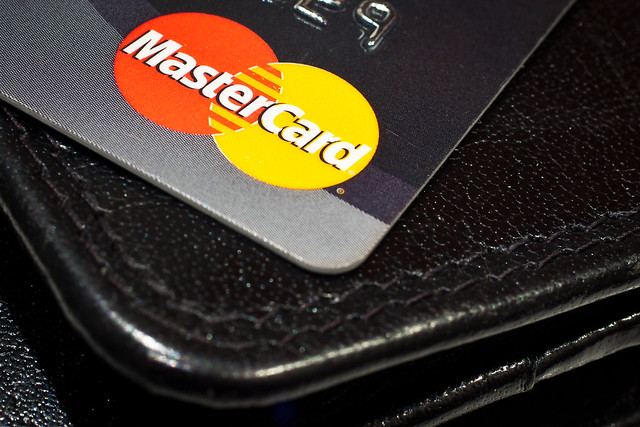
When shopping for a credit card, most consumers never ask “what is the difference between secured and unsecured credit cards?”
The attributes that the majority of people think about are those of an unsecured card. Typically being approved for an unsecured credit card requires a decent credit score, commonly no application fee is necessary, and usually does not have an annual fee.
This type of card is fine for those with a good credit score, but what type of card is there that can help people build their credit?
That is where secured credit cards come into play. They are typically for someone that either needs to establish their credit or wants to rebuild their negative credit history.
What is a secured debt?
What exactly does secured mean? Secured debt is connected to an asset that the consumer owns.
An asset can be real property, as in real estate, or personal property, as in a vehicle or cash.
The lender that the secured debt is through usually will place a lien on the asset. A lien, which is a security of interest that is granted to secure or promise repayment.
A lien gives the legal right for the debtor to take possession of the connected asset if payment is not made. The debtor can then take that asset and sell it so they can compensate for their loss.
What is unsecured debt?
What about unsecured? Unsecured debts are those that do have a connected underlying asset.
Typically, unsecured debts are more of a risk for the debtor since they are unable to place a lien to guarantee payment.
For that reason, unsecured debts tend to have a higher interest rate. Creditors have to go through the court system to receive a money judgment before they are able to place a lien on any of the consumer’s assets.
Usually a creditor will not go through the court unless the debt holder has stopped making payments.
Major difference between an unsecured and secured credit card
What is an unsecured credit card?
Majority of credit card debt is unsecured, which means creditor does not have the legal right to place a lien on the cardholder’s asset for promise of repayment.
However, there are secured credit cards that exist. A secured credit card is good for those cardholders that are trying to establish or rebuild their credit.
What is a secured credit card?
Secured credit cards require a collateral when opening the account. The collateral typically is a cash deposit that is made by the cardholder and usually becomes the credit line for the card.
For example, if a cardholder puts $1,000 deposit toward the card then the credit limit will be $1,000. If needed the cardholder is able to increase their credit limit by placing an additional deposit on their card.
Also, the credit card company may reward you for a history of consistent payments by adding to the credit line without additional deposits.
Tips for getting a secured credit card
If interested in a secured credit card, make sure to shop around.
Some may charge an application fee and each secured card has an annual fee, but may differ between companies. There also might be a processing fee and even a customer service fee attached to some secured credit cards.
Make sure to do your research and add up the expected fees prior to applying for the card. The fees may add up to cover a vast majority of the credit line before the first purchase is even made by the cardholder.
Additionally, secured credit card company may require cardholders to take out an insurance policy to cover the balance. If that is the case then that will add to the monthly cost of the credit card.
Build a solid history with a secured card
The majority of consumer credit cards are unsecured. Secured cards ensure that you can afford your purchase since your credit limit is mostly based off the on-hand deposit at the credit card company.
Secured cards are a great tool for someone that is wanting to build a good credit history. Just remember that building credit takes time and will not happen overnight.
After a period of time of using a secured credit card, consumers would be able to apply for unsecured credit card and close their secured line of credit once it has been paid in full.
You can close the secured credit card and if it is in good standing with all fees up-to-date then you are likely entitled to a refund of the deposit that was originally paid in.
Secured cards are easier to be approved for than unsecured cards. However, secured cards do not offer any rewards or benefits for using the card.
Unsecured cards typically offer a cash back program, travel points, or other type of rewards programs. If you are interested in getting rewards and have good enough credit than unsecured credit cards are the way to go.
The best way to handle a secured credit card is similar to an unsecured card, which is to make sure that you pay off the balance in full each month.
Carrying a balance can incur additional interest, which means you end up paying more and it can affect a credit score.
Being disciplined with your spending and ensuring that you pay off your credit cards each month will be the best in the long run.
I hope this answers “what is the difference between secured and unsecured credit cards?”
Originally posted 2023-01-06 17:34:54.


